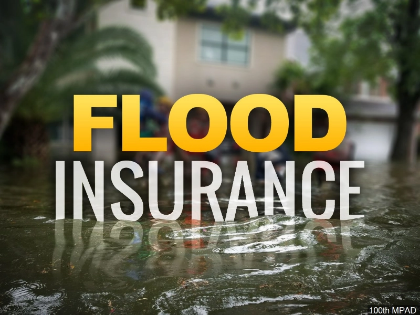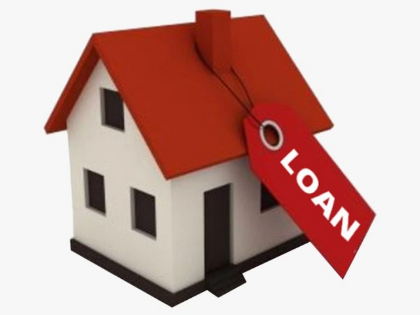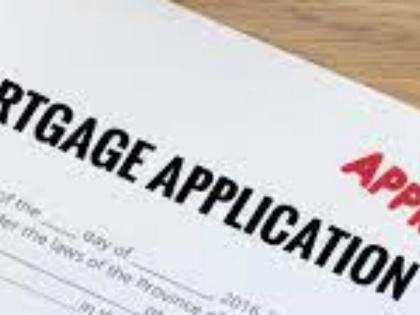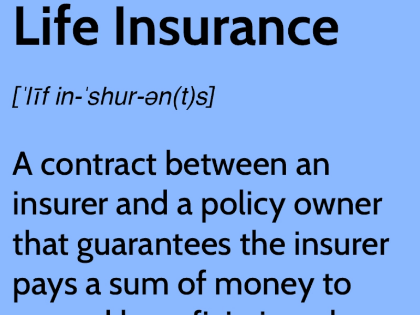Insurance for Your Home: Safeguarding Your Largest Investment
Anyone who owns a home would be wise to invest in homeowner's insurance. It offers monetary protection against theft or natural disaster-related damage to a home and its belongings.
Generally speaking, mortgage lenders want homeowners to carry insurance that will pay for the replacement cost of their house. When acquiring this kind of coverage, there are a few more things to take into account.
Coverage of Structure

Because they devote a great deal of time, money, and energy to their homes, homeowners should have sufficient insurance coverage against unforeseen financial losses. A homeowner's insurance policy with "other structures coverage" (Coverage B) can assist homeowners who have a shed, garage, barn, pool, or other structure on their property that isn't related to the main house.
Repairs or replacements for structures such as sheds, fences, or barns that are not attached to your home are covered by other structures coverage, which typically pays 10% of the dwelling limit. It is crucial to periodically examine your Other Structures limit since modifications to your home's construction materials, location, or value may affect the types of coverage you require. An inflation guard clause, which automatically raises your Other Structures limit at renewal to keep up with escalating rebuilding prices, is another option for Other Structures coverage. Over time, this can save you a substantial sum of money. Find out more about coverage for other structures here.
Coverage for personal property

The majority of us consider our homes to be our largest financial assets. It needs to be covered by the appropriate homeowner's insurance to prevent damage or loss. It also guarantees that we can use its value to inform future financial plans.
Sub-limits for personal property and a monetary amount to replace certain high-value objects, such as jewelry, art, or a computer, are frequently included in standard homeowner, renter, or condo policies. With a scheduled personal property endorsement, you can extend coverage to goods that aren't covered by the policy, giving you more security and the option to insure things for their true market worth.
In order to determine the approximate replacement cost of your personal items, we advise creating a home inventory that includes the values and descriptions of every item you own. This can assist you in deciding whether to add extra living expenses or liability coverage to your home insurance policy, as well as whether to choose actual cash value or replacement cost personal property coverage.
Extra Living Expense Protection
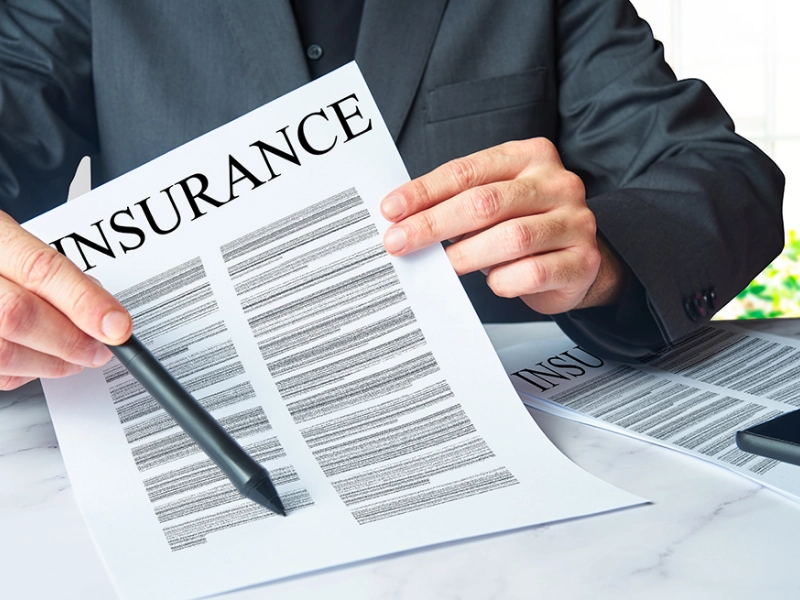
If your home is damaged or destroyed, homeowners insurance offers financial protection. It also shields you from responsibility in the event that someone gets hurt on your land. Usually, lenders mandate that you maintain homeowners insurance that covers the full replacement cost of your house.
Following a covered claim, additional living expenses (ALE) coverage may pay you back for additional expenses related to living somewhere else while your house is being restored, depending on the terms of the policy. This usually covers the price of short-term housing, mortgage payments, moderate dining-out costs, and other associated costs. Speak with an agent about this option, as ALE coverage is often restricted to 10% of your dwelling coverage maximum.
An ordinance or law endorsement is one of the additional optional coverages that may compensate you for the expenses incurred in rebuilding or repairing your property to comply with newly passed laws or building standards after it was constructed. This kind of coverage is frequently offered by adding endorsements to your homeowner's policy or by purchasing particular policies that include it.
Insurance Against Liability
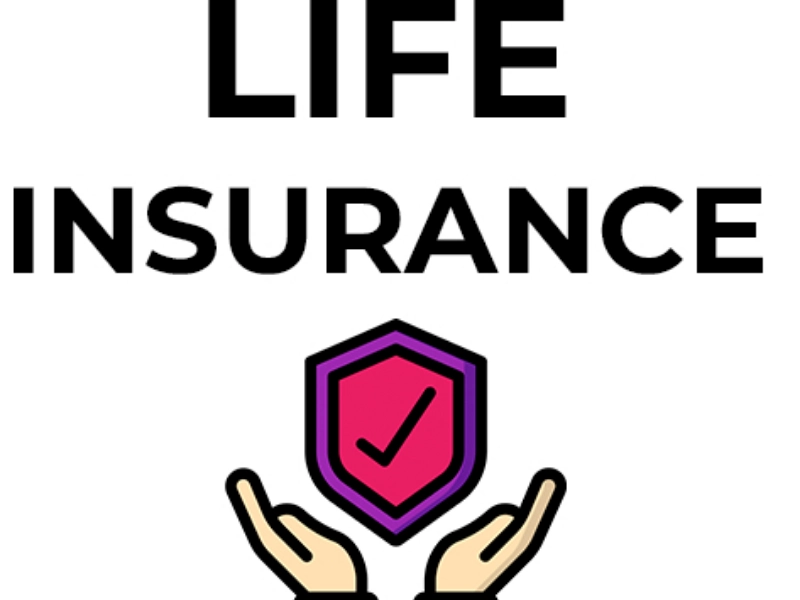
One type of property insurance that guards against loss or damage to your house and belongings is homeowner's insurance. Additionally, it offers liability protection in the event that someone gets hurt on your land.
The majority of mortgage lenders mandate that homeowners maintain this insurance. For those who already own a home or intend to purchase one, it's a wise investment.
Although every policy is unique, they all share some characteristics. The majority include a part outlining the policy's features, such as the declarations page, deductible amounts, and coverage limitations.
When calculating rates, the majority of insurers look at your credit history and previous claims. The size of your home, the area, the fire department's response times, and whether or not it's close to a fire hydrant are additional variables that could affect your premium. By making changes to your home to comply with current building requirements, getting rid of a trampoline, adding burglar alarms, and lowering the risk on your property (e.g., by installing a fence or getting rid of an aggressive dog), you may frequently cut your premium.

